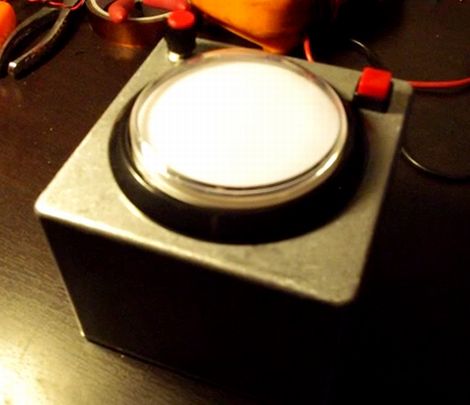
[Alex] has been working on a diesel motorcycle project for a few months now, and the project is finally bearing fruit. It’s quite an accomplishment for something [Alex] describes as an industrial Chinese engine, a modded Honda Superdream, and a few Royal Enfield parts thrown in for good measure.
[Alex] bought his Honda CB400 from someone who had already done a diesel motor conversion; a 200cc single-cylinder motor provided just enough horsepower to putt around town. [Alex] wanted a bike that could keep up with highway speeds, so he replaced the wimpy 200cc motor with a 406cc diesel engine used for industrial purposes and an amr500 supercharger.
Although we’ve seen a few insane motorcycle builds, most of Hackaday’s bike builds focus on electric or scavenged parts motorcycles. If you’ve got an awesome motorcycle build you’ve been working on, send it in on the tip line.
You can check out the video of [Alex] testing out his new motor with vegetable oil (for him, it’s easier than getting diesel fuel) after the break.










Recent Comments